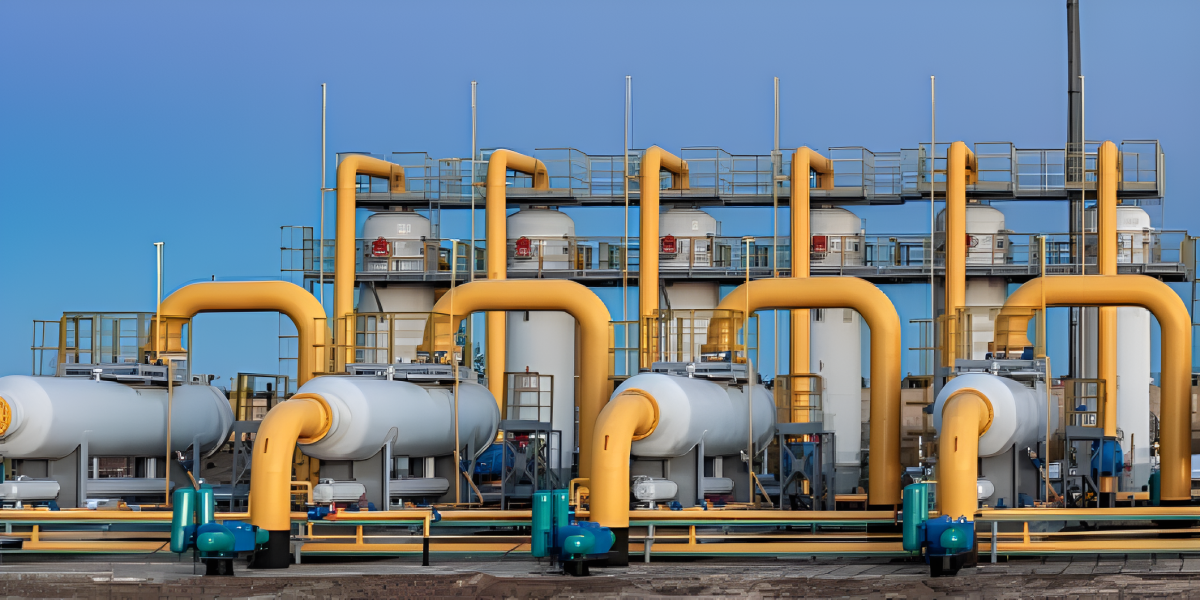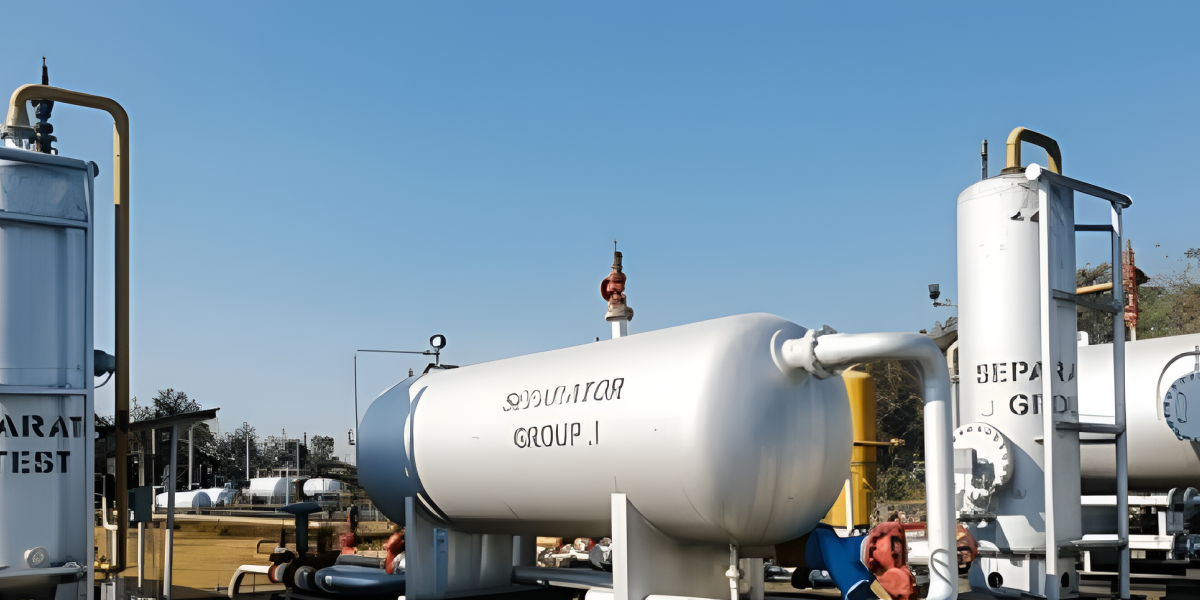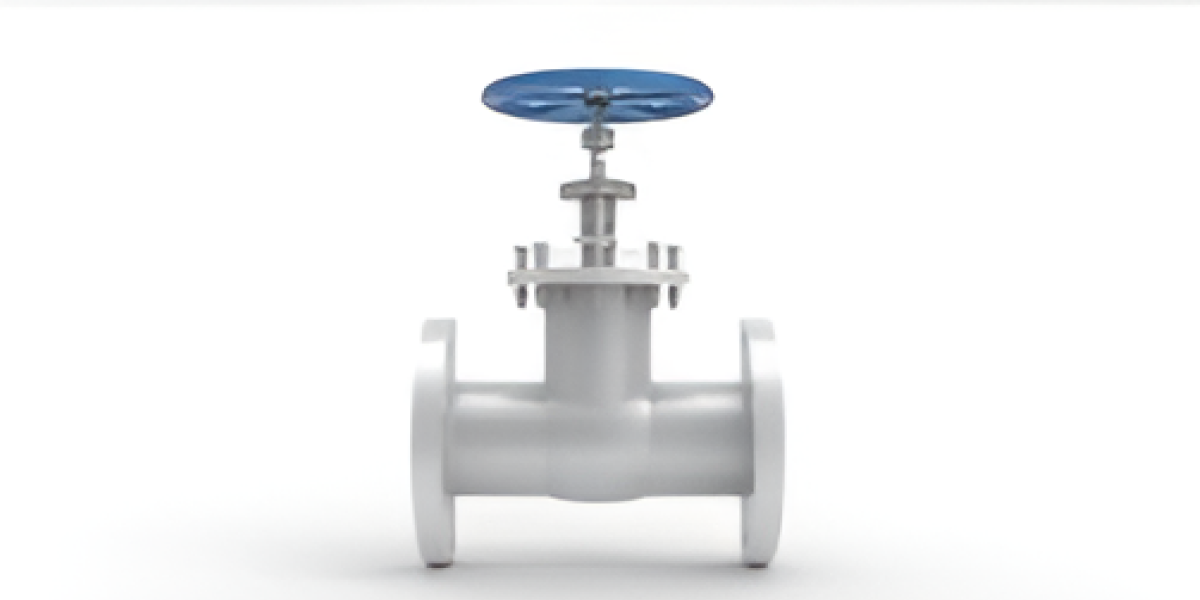Key Gas and Oil Components Insights for Modern Energy Solutions
The oil and gas industry is the backbone of modern energy solutions, powering industries and households worldwide. With evolving technology and increasing environmental considerations, the demand for innovative and reliable oil and gas components has grown. This comprehensive guide dives into essential components, their functions, and how they contribute to advancing energy solutions.
The Role of Oil and Gas Components in Energy Systems
Oil and gas components are integral to the extraction, processing, and distribution of energy resources. These components ensure safety, efficiency, and reliability in operations, from upstream exploration to downstream refining.
- Gas Components: Play a critical role in transporting, processing, and storing natural gas, enabling cleaner energy production.
- Oil Components: Enable efficient extraction, refining, and delivery of crude oil and petroleum products to meet global energy demands.
Key Oil and Gas Components Explained
1. Gas Compressors: Driving Efficiency in Gas Transport
Gas compressors are vital for increasing the pressure of natural gas, facilitating its transportation through pipelines over long distances.
- Functionality: Compressors boost the pressure of extracted gas to ensure smooth and efficient flow in midstream operations.
- Applications:
- Used in natural gas processing plants to prepare gas for transportation.
- Essential in storage facilities to maintain pressure levels.
- Innovations: Modern compressors incorporate energy-efficient designs to reduce emissions and operational costs, aligning with environmental standards.

2. Heat Exchangers: Optimizing Thermal Transfer
Heat exchangers are critical in managing temperature variations in oil and gas processes, ensuring safety and operational efficiency.
- Functionality: Transfer heat between two mediums without mixing them, which is critical for processes like liquefaction and gas separation.
- Applications:
- Cooling gas in liquefied natural gas (LNG) plants.
- Heating crude oil to prepare it for refining.
- Key Trends: Advancements in materials, such as corrosion-resistant alloys, have enhanced the durability and performance of heat exchangers in harsh environments.
3. Oil Separators: Enhancing Product Purity
Oil separators separate oil from water and other impurities, ensuring product quality and equipment protection.
- Functionality: Separates fluids and solids to prevent equipment corrosion and optimize downstream processing.
- Applications:
- Used in upstream operations to prepare crude oil for transportation.
- Integrated into refineries for product purification.
Sustainability Impact: Improved designs focus on minimizing energy consumption and environmental impact by efficiently managing waste streams.

4. Gas Turbines: Powering Energy Conversion
Gas turbines convert natural gas into mechanical energy, driving various industrial processes and power generation.
- Functionality: Combust natural gas to generate electricity or mechanical energy for equipment like compressors and pumps.
- Applications:
- Power generation in gas-fired plants.
- Mechanical drives in LNG processing and oil refining facilities.
- Industry Evolution: Modern gas turbines prioritize fuel efficiency and reduced emissions, supporting cleaner energy initiatives.
5. Control Valves: Regulating Flow and Pressure
Control valves are indispensable in managing the flow and pressure of oil and gas throughout the system.
- Functionality: Adjust fluid or gas flow to maintain operational stability and safety.
- Applications:
- Installed in pipelines to regulate oil and gas movement.
- Used in refining processes to control flow rates of various streams.
- Advancements: IoT-enabled smart valves allow for real-time monitoring and remote adjustments, enhancing system responsiveness.
| Component | Functionality | Applications | Key Features |
|---|---|---|---|
| Gas Compressors | Boost pressure of natural gas for transportation. | Gas pipelines, storage facilities. | Energy-efficient, emission-reducing designs. |
| Heat Exchangers | Transfer heat between mediums for processing. | LNG plants, oil refining. | Corrosion-resistant alloys, improved durability. |
| Oil Separators | Separate oil from water and impurities. | Upstream operations, refineries. | Energy-efficient, waste management focused. |
| Gas Turbines | Convert natural gas into mechanical or electrical energy. | Power generation, LNG processing. | Fuel efficiency, reduced emissions. |
| Control Valves | Regulate flow and pressure of oil and gas. | Pipelines, refining processes. | IoT-enabled, real-time monitoring. |

Emerging Trends in Oil and Gas Components
Digital Integration and Automation
- Integration of IoT sensors in compressors, turbines, and valves provides real-time data, improving operational efficiency and predictive maintenance.
Focus on Sustainability
- Components are being designed with energy efficiency and reduced emissions in mind to meet global environmental goals.
Advanced Materials
- Corrosion-resistant and high-temperature alloys extend the lifespan of components and improve reliability in extreme conditions.
Carbon Capture Integration
- Key components like separators and heat exchangers are adapted for carbon capture technologies, supporting cleaner energy transitions.
Conclusion
Key oil and gas components like compressors, heat exchangers, turbines, and valves are crucial for ensuring efficiency, reliability, and sustainability in energy production. As the industry evolves, innovations in these components are paving the way for cleaner and more efficient energy systems.
Looking for premium oil and gas components? Contact a trusted supplier today for expert advice and high-quality solutions tailored to your project needs.
FAQ's
Gas separators, compressors, turbines, and heat exchangers are essential for ensuring purity, pressure, and energy efficiency.
Oil separators remove water, gas, and sediment from crude oil, preparing it for transport and refining.
IoT-enabled components provide real-time monitoring, predictive maintenance, and enhanced operational efficiency.


